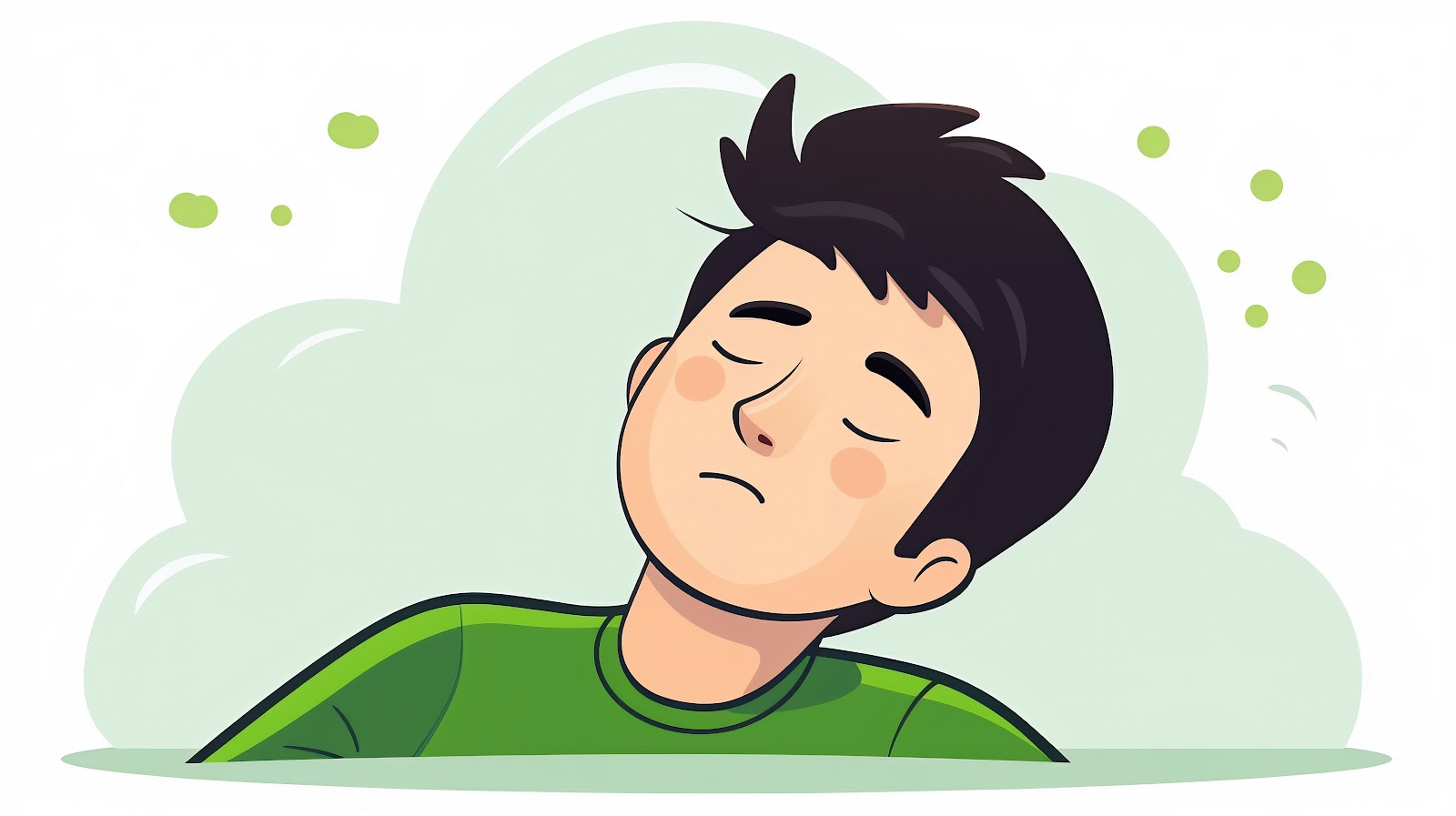Do you hit snooze over and over before dragging yourself out of bed?
Do you reach for coffee immediately to combat lingering grogginess?
Do you find yourself yawning and fighting to stay alert during important tasks and events?
If you constantly feel unrested no matter how long you’ve slept, you’re not alone.
Excessive daytime sleepiness affects millions globally due to widespread conditions like sleep apnea.
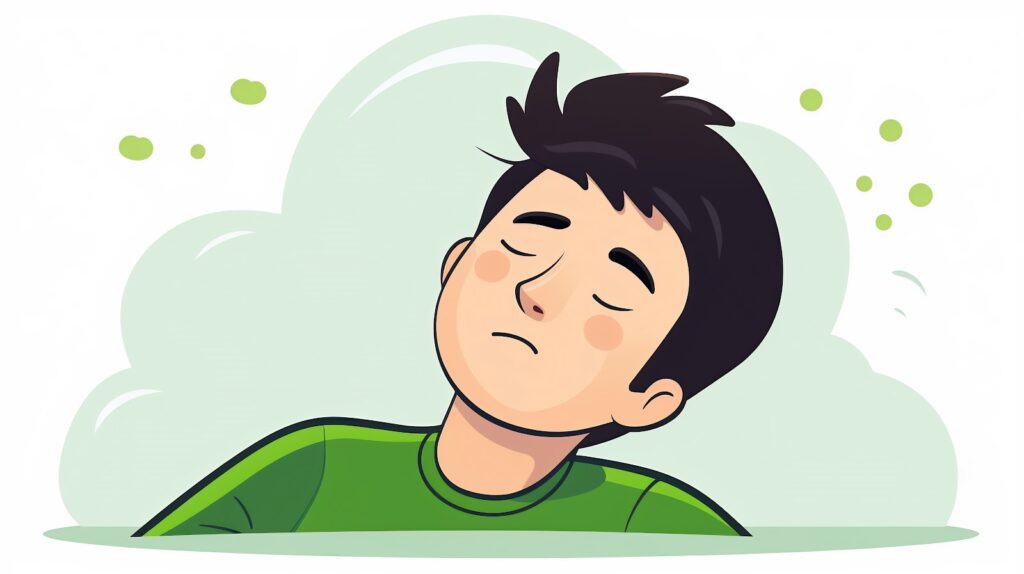
Sleep apnea interrupts breathing during the night, preventing you from reaching the deep restorative stages of sleep.
You miss out on that rejuvenation, waking up as exhausted as when you went to bed.
PAP therapy can be life-changing, but only with diligent CPAP follow-up care.
This guide will explore the importance of regular CPAP follow-up care to ensure your CPAP therapy success.
We’ll look briefly at the essentials of PAP therapy before diving into who comprises your support squad, the many benefits of continuing care, what to expect from appointments, and tips to maximize their value.
Let’s dive in!
What is PAP Therapy?
Positive Airway Pressure (PAP) therapy is a standard treatment for conditions like sleep apnea, where the airway is periodically blocked during sleep.
PAP therapy keeps airways open by using a machine to deliver a continuous or variable flow of air into the respiratory passages.
It allows for better sleep, blood oxygen levels, and quality of life.
Air is delivered using plastic tubing connected to a mask which can vary in size from full-face enclosure to tiny pillows that rest against your nostrils.
You should use your PAP machine whenever sleeping to improve results.
Failure to use your machine regularly and for the entire length of sleep will lead to diminished results.
For more on the various types of PAP therapy available, consult our guide, “PAP Therapies Compared: APAP vs. BiPAP vs. CPAP.”
But adherence to PAP therapy routines can be difficult—especially when first starting PAP therapy.
Regular follow-up care is essential to an effective therapy plan and contributes to long-term success.
Before we dive into what to expect, let’s look at who you might consider following up with regarding your PAP therapy and equipment.
Your PAP Therapy Support Team
While starting any new routine can be daunting, PAP therapy requires adjusting many things related to your sleep routine and environment, which could lead to uncertainty, discomfort, and poor CPAP compliance.
Fortunately, as you’ll soon see, you’re not alone in your journey to CPAP success.
While specifics can vary, you’ll likely have at least three people in your corner ready to assist you with follow-up care and assistance as you get to know your PAP machine, adjust to wearing a CPAP mask, and integrate CPAP usage into your routines.
Let’s look at them in detail.
Your General Practioner (GP) or Family Doctor
Your General Practitioner (GP) is usually the first point of contact in your healthcare journey, including when you face sleep-related concerns.
They have a comprehensive view of your health status, considering any existing health conditions that could influence your sleep quality.
Your GP can recommend lifestyle changes, monitor your general health, and will likely refer you to a sleep specialist or set up in-home testing if they feel you might benefit from PAP therapy.
But establishing therapy is just the start.
They will continue to work with you (alongside your sleep specialist if you have one) to optimize your health outcomes.
Their ongoing involvement can be critical in enhancing PAP therapy compliance.
Your Sleep Specialist
A Sleep Specialist is a physician with specific training in diagnosing and treating sleep disorders like sleep apnea.
Once referred by your GP, they conduct a comprehensive evaluation, often involving a sleep study.
Check out our lab-based and at-home sleep study guides for more on what to expect during a sleep study.

Based on their analysis of the data collected during your study, they may recommend PAP therapy as part of your treatment plan.
A sleep specialist will be closely involved in monitoring the effectiveness of your PAP therapy, adjusting machine settings as necessary, and addressing any problems or concerns you may experience.
Their expertise and personalized approach significantly contribute to successfully implementing and continuing PAP therapy.
Your CPAP Supply Provider
Your CPAP equipment supplier plays a vital role in ensuring the success of your PAP therapy, as they provide the PAP machine, masks, and other necessary pap accessories, helping you to choose the equipment that best fits your needs and comfort.
If you’re experiencing issues with mask fit, don’t understand a feature on your PAP machine, or need new CPAP parts and accessories, they’re always available to help ensure your equipment is running smoothly and that you are as comfortable as possible throughout treatment.
Regular communication with your supplier is beneficial for promptly addressing any equipment-related issues or needs for replacement parts.
Their support and guidance can help increase your comfort and adherence to the therapy, improving its overall success.
Benefits of Regular PAP Therapy Follow-Ups
Regular follow-ups with your healthcare providers are essential to your PAP therapy journey.
They provide numerous advantages to ensure the best results from your treatment.
In this section, we’ll discuss some of the most noticeable or critical benefits of regular follow-ups and continued communication with your doctor, sleep specialist, or CPAP supply provider about your PAP therapy experience.
Ensuring Proper Equipment Functioning
This is the most critical reason to check in with your team regularly. Properly functioning PAP equipment is vital to getting the most from your therapy.
Moreso, it’s a crucial part of ensuring your safety during use.
Regular check-ins with your healthcare provider or PAP equipment store offer a chance to check for signs of wear and tear and assess when replacements are needed.
During these visits, they can also ensure you maintain your equipment correctly, offering additional training and education if needed.
Consult our guide for more maintenance recommendations for PAP machines and accessories.
Monitoring Treatment Effectiveness
While many machines these days can transmit data related to your therapy using Wi-Fi or mobile data, you should never assume that no news is good news.
Also, while most machines now offer apps to help you monitor, collect, and analyze your own data, these are not meant to replace regular check-ups with your physician or sleep specialist.
Instead, the apps are meant to act as a supplemental information source, helping you understand the benefits of your PAP therapy while providing talking points to discuss your needs, progress, and experience with your physician or sleep specialist.
Proactively check in with your sleep specialist or primary care provider (PCP) and schedule regular follow-ups to assess your treatment progress to ensure any minor concerns or issues are addressed before they become more prominent.
By discussing your symptoms, reviewing data from your PAP machine, or conducting additional sleep studies if necessary, you can ensure that treatment works as intended and make any adjustments required to improve comfort, adherence, and overall benefits.
Addressing Side Effects or Discomfort
Any discomfort or side effects you may be experiencing, such as nasal congestion, dry mouth, or skin irritation, can be addressed during these regular check-ins with your CPAP equipment provider or GP.
In most cases, there are simple fixes to common discomforts, such as adjusting humidity, ensuring proper mask fit, utilizing machine features such as ramping, or choosing a new mask design.
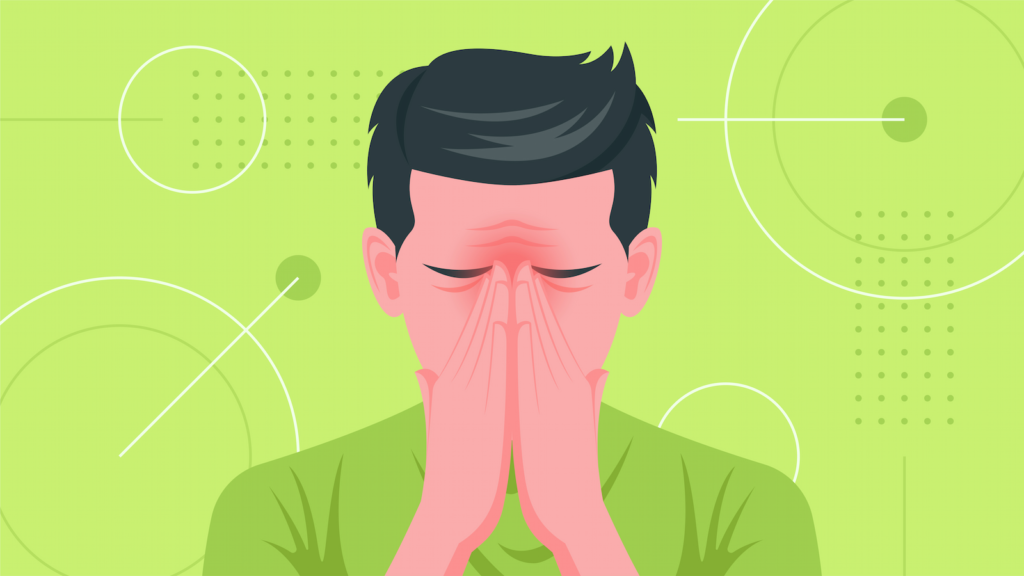
Your healthcare provider can propose additional solutions, such as prescribing medication to reduce anxiety and enhance your comfort and adherence to the treatment.
Adjusting Settings for Optimal Therapy
Regular follow-ups allow your healthcare provider to tailor your PAP therapy settings to your unique needs.
While your initial sleep study will likely dial in a solid starting point for your therapy needs, fine-tuning these settings can further improve results.
Adjusting pressure settings or the mode on your machine ensures that your treatment is as effective and comfortable as possible, promoting better sleep and overall health.
This is particularly relevant to the longer-term picture.
For most people, PAP therapy is a long-term addition to their life. However, changes in lifestyle, diet, medication, and other variables can also impact your sleep apnea symptoms.
As such, your settings could change over time. Check-in at least annually to ensure your existing settings meet your needs.
Providing Emotional Support and Motivation
Managing any chronic condition can be challenging. Regular interaction with your healthcare team offers reassurance, emotional support, and motivation, helping you stay committed to your therapy and ensure long-term adherence.
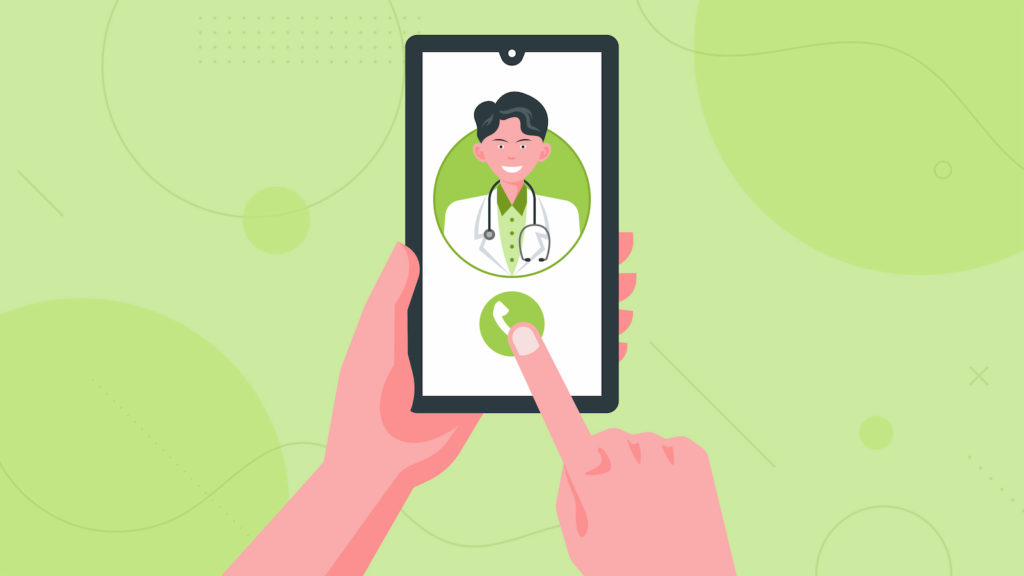
While support groups, social groups, and family or peers can also provide support, many can’t do so from a professional standpoint.
They might even offer advice that could reduce the benefits of your therapy or put treatment adherence at risk.
Be sure to keep your GP and sleep specialist in the loop!
Ensuring Comprehensive Health Monitoring
Obstructive sleep apnea (OSA) is the most common form of sleep apnea diagnosed today.
However, it’s almost always present alongside other conditions—a situation known as comorbidity.
A 2016 study found that between 56 and 70% of patients in their focus group with OSA also had at least one of the following:
- Hypertension (39%)
- Obesity (34%)
- Depression (19%),
- Gastroesophageal Reflux Disease (GERD) (18%)
- Diabetes Mellitus (15%)
- Hypercholesterolemia (10%)
- Asthma (4%)
Regular CPAP follow-up care allows your GP to monitor your overall health—not just your sleep apnea—supporting an overall improvement in symptoms and quality of life.
They can also help to highlight opportunities and treatments in other areas of their clinical practice that can offer indirect benefits to your PAP therapy and vice versa.
Facilitating Early Detection of Issues
Healthcare technology and treatment options continue to improve at an astounding rate.
But most new approaches, treatments, and techniques have one thing in common—early detection improves outcomes.
Establishing routine visits with your GP can help detect problems related to sleep apnea or PAP therapy early, allowing for timely intervention and preventing more significant health issues.
Enhancing Personalized Care
Finally, much like everything you do these days, modern healthcare is driven by a sea of personalized data about your current and past health metrics.
As such, frequent interaction with your healthcare team helps them keep up with your specific needs and lifestyle better, enabling more personalized care and advice and allowing them to adjust treatments and approaches to your latest changes in lifestyle, routine, location, and more.
This personal touch can significantly improve adherence, therapy effectiveness, and overall satisfaction with the treatment process.
What to Expect During CPAP Follow-up Care Appointments
PAP therapy is an ongoing process that requires continued attention.
It’s not an occasional one-and-done thing.
For most users, you’re looking at the potential of years of therapy—even when used consistently and following best practices.
Understanding how follow-ups and check-ins might work across a longer timeline is critical.
Even if you feel your therapy is going well, these regular appointments are an invaluable opportunity to catch any potential issues early.
They allow your healthcare team to ensure that your PAP therapy is continuously tailored to your evolving needs and that you achieve the best possible health outcomes.
Also, please remember that your healthcare team is always there for you.
If, at any point between scheduled appointments, you experience new or worsening symptoms, or have questions or concerns, contact a healthcare professional immediately.
Your ongoing comfort and success with PAP therapy is their primary goal.
While exact routines and schedules will vary based on provider preferences and the specifics of your sleep apnea diagnosis and overall health, you can typically break follow-up period frequency down a few phases.
Let’s explore the three typical CPAP follow-up care phases of most OSA patients with good CPAP compliance.
Phase 1: Initial CPAP Follow-up Care after Starting PAP Therapy
Your first follow-up, which usually takes place a few weeks after you’ve started PAP therapy, is a crucial step in setting the course for your treatment.
This early check-in allows your healthcare provider to review how you’re adjusting to the therapy and discuss any challenges you’re facing, whether it’s discomfort with the equipment or experiencing side effects.
They can make immediate adjustments to your machine settings or equipment fit, ensuring that you’re comfortable and that the therapy is as effective as possible.
This first follow-up is also an opportunity to reinforce the correct usage and care for your PAP equipment.
Phase 2: Ongoing Follow-ups Based on Your Specific Needs
After your initial appointment, your healthcare team will tailor the frequency of your ongoing follow-ups to your individual needs and treatment progress.
For example, you might need more frequent appointments in the beginning, such as monthly visits.
But as you become more comfortable with your therapy and your symptoms improve, the frequency of these visits might decrease to every few months.
In well-managed cases, it’s common for check-ups only to take place annually.
Each ongoing appointment is a touchpoint where your healthcare provider can monitor your treatment effectiveness, assess your comfort level, and provide additional education or support.
It’s also a chance for you to voice any concerns, ask questions, and discuss any changes in your sleep patterns or overall health.
These interactions ensure that your treatment continues to be personalized and effective, enhancing your sleep quality and overall well-being.
Phase 3: Yearly Review
Annual reviews will remain an integral part of your ongoing CPAP treatment experience.
This comprehensive check-up allows your healthcare provider to evaluate your long-term progress toward treatment goals and overall health status.
During an annual systematic review, your healthcare provider will assess your PAP therapy effectiveness thoroughly.
They will discuss your symptoms (including any new symptoms or health issues that have arisen over the year), review data from your PAP machine, and possibly conduct further sleep studies or CPAP titration if needed.
The annual review is also an excellent time to inspect your PAP equipment thoroughly.
Your healthcare provider or equipment supplier can check your CPAP device for any signs of wear and tear that might impact the effectiveness of your therapy and advise you on any necessary replacements.
Moreover, the annual review serves as a touchpoint to reflect on your journey, discuss challenges, and set goals for the following year.
This engagement is an opportunity to foster an open dialogue with your healthcare team, ensuring you receive the most personalized and effective care.
Remember, even if you’re feeling well and your therapy is going smoothly, it’s essential not to skip these annual reviews.
They are a critical part of your overall health maintenance, CPAP adherence, and the continued success of your PAP therapy.
Three Tips for Maximizing CPAP Follow-up Care Visits
Follow-up visits for PAP therapy are a cornerstone of your treatment success.
Maximizing the effectiveness of these visits can significantly enhance your therapy experience and health outcomes.
Here are three tips to remember when forming your CPAP routines that can help you make the most of these appointments.
1. Keep a Sleep Diary or Symptom Log
Keeping a sleep diary or symptom log can be a powerful tool in optimizing your PAP therapy routines and getting the most out of your device.
By documenting your sleep patterns, symptoms, and side effects, you provide valuable data to help your healthcare provider assess your progress and adjust your treatment plan.

For example, noting changes in daytime fatigue levels, morning headaches, or frequency of night-time awakenings can help to track how well your therapy is working and isolate any external conditions that might be influencing or interfering with your treatment.
This log can also be a place to record any discomfort or issues you’re facing with your PAP equipment, such as mask fit problems or dry mouth.
2. Bring Your PAP Usage Data and Equipment To Your Appointments
Your PAP machine collects essential data about your sleep and therapy use.
Bringing this information and your PAP equipment to your CPAP follow-up care visits can help your healthcare provider or equipment supplier review your therapy effectiveness and equipment condition.
Better still, many modern CPAP devices can automatically send this information to your healthcare team or synchronize it over Wi-Fi, Bluetooth, or mobile data with your phone to make sharing the data effortless.
Your doctor or sleep specialist can analyze data like your usage hours, mask leak rate, and residual apnea-hypopnea index, among others, to assess your therapy’s effectiveness and make necessary adjustments.
Bringing your equipment can allow them to inspect it for any signs of wear and tear and advise on proper care and maintenance, ensuring your equipment functions optimally or highlighting potential causes of any unexpected data points.
3. Prepare a List of Questions or Concerns in Advance
Medical appointments and new healthcare routines are hard enough without having to remember a list of information to mention or questions to ask.
While your journal and data will provide opportunities for your doctor or sleep specialist to point out trends and make assessments, keeping a running list of questions or concerns is a simple way to ensure that you’re never left with the disappointment of remembering something you wanted to ask five minutes after you walk out of your appointment.
Add items to your list anytime they pop up so you don’t forget. If you don’t want to store sensitive health information on your phone, tablet, or computer, consider picking up a small pocket-friendly notebook that you use just for this.
Before your follow-up visit, take some time to review your list of questions or concerns you may have about your therapy.
Clarify any questions which might be confusing and see if your existing list of questions or concerns sparks any additional ones.
Remember, these follow-up visits are for your benefit.
Being proactive and prepared can help ensure you get the most from each appointment, leading to more effective and comfortable PAP therapy.
FAQs About CPAP Follow-Up Care
How soon after starting PAP therapy should I have my first follow-up visit?
Typically, new patients receiving PAP therapy first follow up within a few weeks of starting.
This allows your healthcare provider to check in on your initial progress and make any necessary adjustments early in your treatment to enhance adherence and assist you in acclimating to your new routines.
How often will I need to attend CPAP follow-up care appointments?
The frequency of CPAP follow-up care visits varies based on individual needs, but you may initially have monthly or bi-weekly visits.
Once your therapy is well-managed and you’ve shown good adherence to treatment, this may shift to quarterly or even yearly appointments, with an annual review being a key component.
What should I bring to my follow-up visits?
You’ll need to bring your PAP machine and any associated equipment to your follow-up visits.
It’s also beneficial to bring a sleep diary or symptom log if you have one and a list of questions or concerns you’d like to discuss.
What happens during a CPAP follow-up care visit?
During a follow-up visit, your healthcare provider will discuss your symptoms, review data from your PAP machine, inspect your equipment, and address any concerns or side effects you may be experiencing.
They will also make any necessary adjustments to your treatment plan to ensure comfort and increase adherence to recommend continuous positive airway pressure therapy routines.
Should I schedule CPAP follow-up care appointments even if my therapy is going well?
Yes!
Studies have shown time and time again that patients assigned regular follow-ups not only show increased adherence but also see greater benefits than patients receiving PAP therapy without routine CPAP follow-up care.
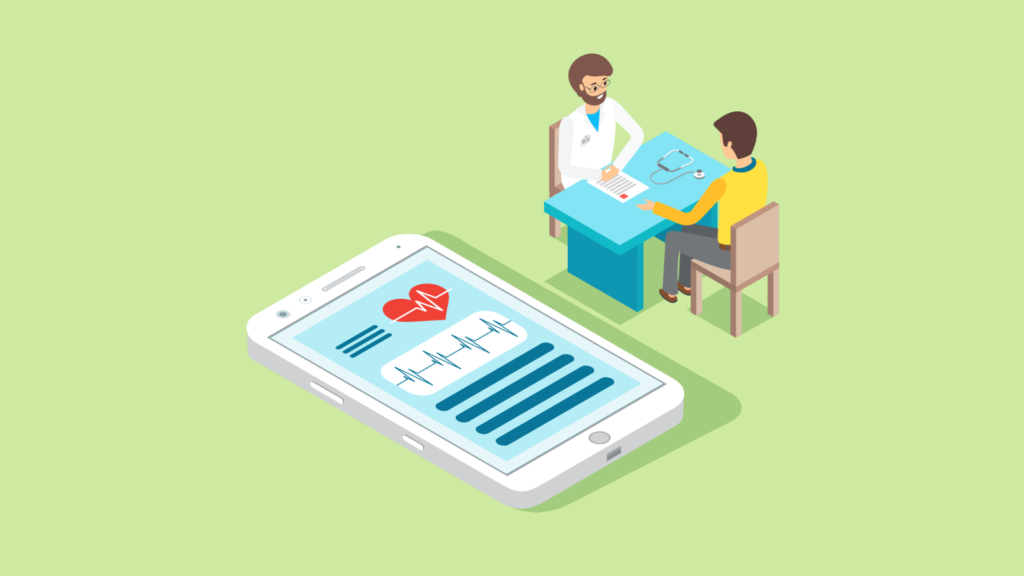
Regular follow-up appointments also allow your healthcare provider or clinical practice to detect developing comorbidities or concerns early, improving care outcomes.
Even if you feel your therapy is going well, your treatment settings may need adjusting over time, and your equipment might show signs of wear and tear that need addressing.
What is the purpose of an annual review?
An annual review is a comprehensive check-up where your healthcare provider conducts a systematic review of your long-term adherence to and experience with PAP therapy.
It’s a chance to thoroughly inspect your PAP equipment, discuss new symptoms or health issues, and set goals for the upcoming follow-up period.
What if I experience issues between scheduled follow-up appointments?
You should contact your healthcare provider immediately if you experience new or worsening symptoms—such as nasal congestion, facial irritation, nose bleeds, or sore throat—between scheduled follow-ups.
If you’re having trouble with your equipment—either on a hardware level or in using any of its features—reaching out to your CPAP supply provider or the manufacturer can be a simple way to find answers without the wait often associated with medical appointments.
Remember, your family doctor, sleep specialist, and CPAP supply provider are there to support you throughout your PAP therapy journey. You’re never alone in this journey.
How can I get the most out of my CPAP follow-up care visits?
To maximize your follow-up visits, you can come prepared with your PAP usage data, your equipment for inspection, a sleep diary or symptom log, and a list of questions or concerns.
Being proactive and engaged in your therapy can significantly enhance the effectiveness of your follow-ups, increase adherence, and help you enjoy a greater quality of life.
Conclusion
The path to effective PAP therapy is a journey, not a destination.
While beginning treatment is essential, the real work starts once PAP therapy becomes part of your nightly routine.
But you’re not alone in this journey.
Your team of healthcare professionals is there to support, guide, and motivate you each step of the way.
Regular CPAP follow-up care is the unsung hero that can make or break your therapy success and ensure good adherence to treatment routines.
These check-ins ensure your equipment functions properly, settings are optimized, and that you receive the emotional backing needed to push through the inevitable hurdles.
Commit now to being proactive.
Keep tabs on your progress, prepare for each appointment, and don’t hesitate to reach out for support.
The payoff will be restful nights and renewed energy.
Your healthcare team wants to see you succeed.
Put in the work between appointments, lean on their expertise during visits, and you’ll be rewarded with vibrant days ahead.
The path won’t always be smooth, but with the right team behind you, the destination will be worth it.
If you, or someone dear to you, are navigating life with sleep apnea, rest assured that CPAP Supply is here to support you. We offer a range of new and refurbished CPAP machines, providing affordable and effective solutions tailored to each individual’s needs. Our high-quality products and dedicated customer service are geared towards enhancing your quality of life by providing a reliable therapy system. Take a proactive step towards prioritizing your health today, and discover the relief and comfort you deserve!

